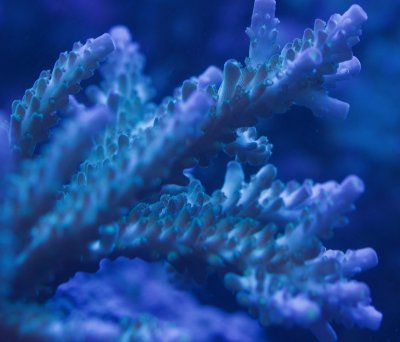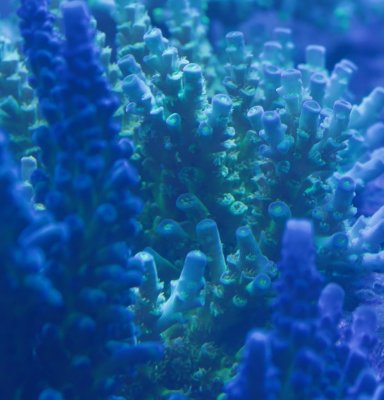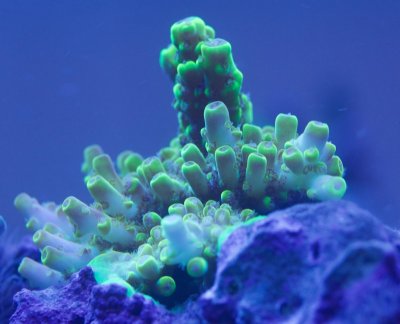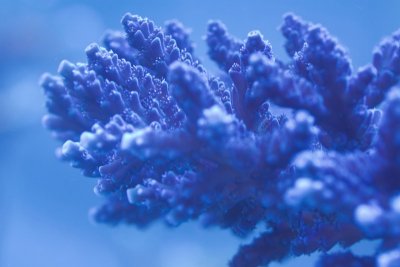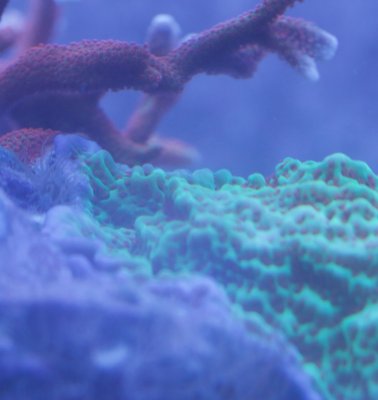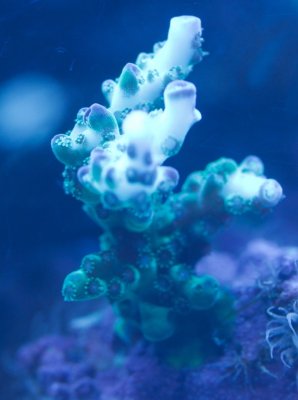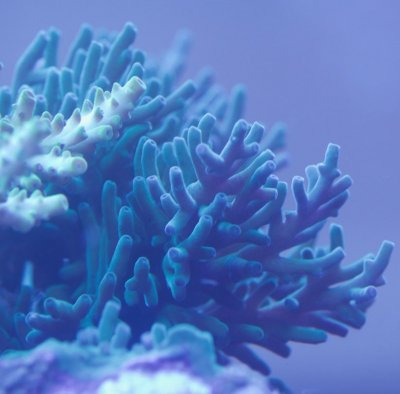- Joined
- Dec 3, 2017
- Messages
- 135
- Reaction score
- 129
I'm posting because this is pretty bizarre and I haven't seen any other threads about it. I've got a strange situation in my tank where my Seriatoporas, Stylophoras and Pocciloporas are almost all dying or have died, whereas my Acros/Montis are all completely thriving with the best growth and best coloration they've had.
This is smaller corals, a giant purple stylo (>8" across) that grew from a small frag, all with the same symptoms over the past 2-3 months: slow tissue death, no polyp extension, weird white discharge. Some are dying from the base up, others dying from the tips down. There are at least 6 different corals throughout the tank, with different levels of low and light that are all exhibiting the same symptoms: ORA Green Birdsnest (pictured), Big Purple Stylo, Rainbow Stylo (died), Random Birdsnest (died), Hawaiian Pink Poccilopora (pictured), ORA Ponape Birdsnest (seems to be hanging on but some tissue death).
And as stated, there are at least 30-40 acros and montis that are all doing phenomenally. Small frags, huge colonies. Haven't lost an acro/monti in at least 6 months.
Potential factors: Pretty severe aiptasia problem (maybe they are doing chemical warfare?), decently severe cyano problem in the past 2-3 months (successfully treated with cyano remover a few weeks ago), bicolor blenny might be eating them (I've never seen it happen but can't discount it).
Otherwise nothing else I can think of. 350g tank, Alkalinity rock steady ~8.5-9 (tested twice daily), Nitrates ~20ppm, Phosphate 0.05.
I'd just as soon remove all the dying corals and free up more space for acros, so the fact they are dying is not of much concern to me, but I am curious about what is going on because it seems so bizarre. My leading theory is some strange bacteria that only targets those types of corals got a foothold in the tank somehow, but since the targets are all different species of corals I'm not sure how much sense that makes.
Any ideas or theories appreciated.
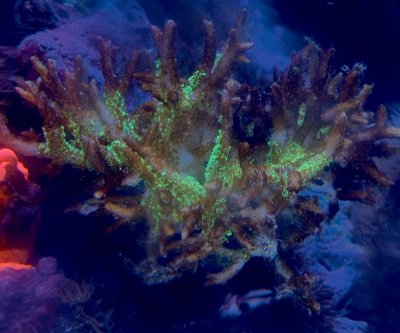
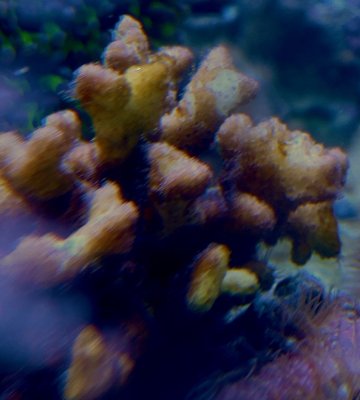
This is smaller corals, a giant purple stylo (>8" across) that grew from a small frag, all with the same symptoms over the past 2-3 months: slow tissue death, no polyp extension, weird white discharge. Some are dying from the base up, others dying from the tips down. There are at least 6 different corals throughout the tank, with different levels of low and light that are all exhibiting the same symptoms: ORA Green Birdsnest (pictured), Big Purple Stylo, Rainbow Stylo (died), Random Birdsnest (died), Hawaiian Pink Poccilopora (pictured), ORA Ponape Birdsnest (seems to be hanging on but some tissue death).
And as stated, there are at least 30-40 acros and montis that are all doing phenomenally. Small frags, huge colonies. Haven't lost an acro/monti in at least 6 months.
Potential factors: Pretty severe aiptasia problem (maybe they are doing chemical warfare?), decently severe cyano problem in the past 2-3 months (successfully treated with cyano remover a few weeks ago), bicolor blenny might be eating them (I've never seen it happen but can't discount it).
Otherwise nothing else I can think of. 350g tank, Alkalinity rock steady ~8.5-9 (tested twice daily), Nitrates ~20ppm, Phosphate 0.05.
I'd just as soon remove all the dying corals and free up more space for acros, so the fact they are dying is not of much concern to me, but I am curious about what is going on because it seems so bizarre. My leading theory is some strange bacteria that only targets those types of corals got a foothold in the tank somehow, but since the targets are all different species of corals I'm not sure how much sense that makes.
Any ideas or theories appreciated.











